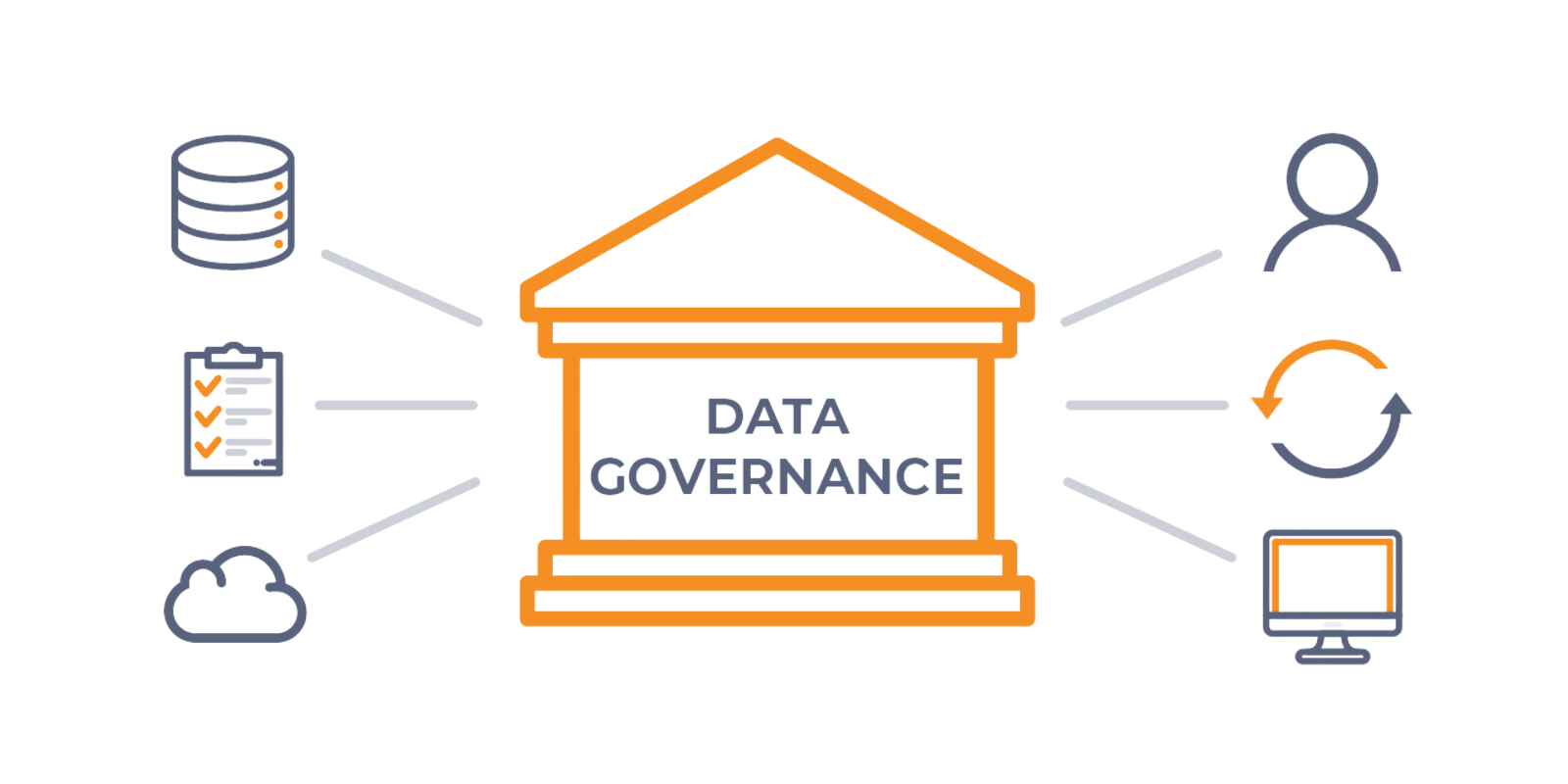A Deep Dive Into Data Governance
In business, data is the key to understanding consumers, market trends, and internal processes. Making the most of this information is critical for improving the customer experience, fostering innovation, and increasing overall productivity.
With effective data management and governance, you can maximize the value of your digital data.
Data management is the process of organizing, protecting, and retrieving information in an orderly fashion. Well-managed data accelerates operations, improves cooperation, and offers you solid business insights, providing your company a competitive advantage.
To make the best use of your data, you must understand the distinction between data management and data governance. Although the phrases are occasionally used interchangeably, knowing the distinction is critical for navigating the intricacies of the data-driven world.
Demystifying data governance
The goal of data governance is to establish guidelines for managing your data. It covers data ownership, utilization, and quality while adhering to privacy and security regulations. The aim is simple: ensure that your data is accurate, consistent, and secure, in accordance with regulatory guidelines and your own standards.
Data governance, as opposed to data management, which deals with the technical side of things, is concerned with utilizing data responsibly and ethically, in accordance with the objectives of your company.
A solid grasp of data governance is required to provide the groundwork for effective data management.
Navigating the importance of data governance
Inconsistent data can result in poor judgments. Poor data governance can also provoke unwanted encounters with authorities. On the other hand, effective data governance may help you make better judgments, innovate, and improve profitability. It all comes down to ensuring that your data is accurate and dependable so that you can make informed decisions.
Mastering data governance best practices
Follow these basic techniques to ensure successful data governance:
Start small
Begin with a moderate workload to ensure a smooth transition as you increase your efforts.
Build a dedicated team
Build a committed team with the appropriate skills and resources to support your data governance program.
Set clear goals
Define transparent data governance objectives and explicitly communicate them to your team and stakeholders.
Make way for open communication
Encourage stakeholder transparency by talking honestly with external partners, in order to establish confidence and ensure alignment.
Embed data governance in every department
Integrate data governance across all departments to provide a collaborative and integrated approach to data management.
Identify and mitigate risks
Identify and handle risks at critical points in your data governance program to reduce possible threats to its success.
Evaluate projects
After completing your initiatives, assess them to discover areas for improvement and learn from both triumphs and mistakes.
Consistent refinement
Continuously modify your governance structure to ensure that it is current and aligned with your organization’s changing requirements.
Take action now
Data governance may be complex, requiring effort and expertise. As your trusted IT partner, Atom Creek understands data stewardship. Let us help you make the most of your data, allowing you to make educated decisions that drive development.
Contact sales@atomcreek.com to start taking control of your data now!


